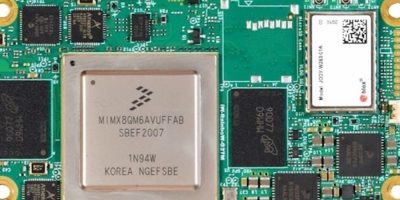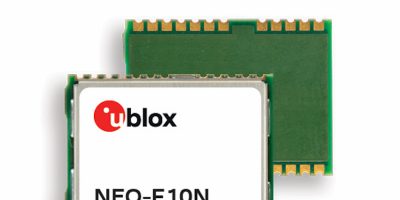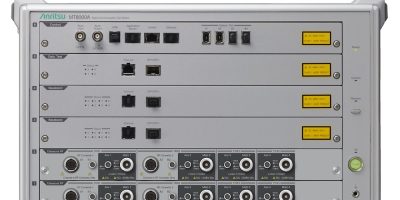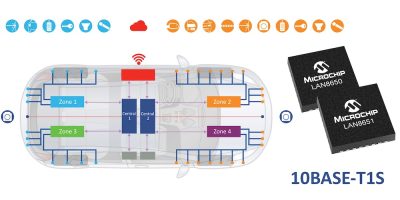iWave has introduced the i.MX 8QuadMax / QuadPlus SoM (system on module) to support designers by offloading several complexities involved in the design cycle, said the company. the i.MX 8 SoM for streaming media applications is based on the i.MX 8 family of applications processors which supports advanced media processing, secure domain partitioning, and vision processing. These characteristics make the processor suitable for applications such as automotive infotainment, advanced industrial human machine interface (HMI) as well as control and home automation.
According to iWave, the i.MX 8 series allows for multiple systems to be combined into one with ease and for diverse platforms to be built with multiple operating systems on a single i.MX 8 processor.
It also allows for the creation of independent GPU displays and functionalities by partitioning the resources and enables end to end security to be implemented. The processor series also allows for multi-display and multi-domain functionality. It is possible to develop up to four 1080p screens with independent content, said iWave.
There is also dual-core Cortex-M4F for offloading real-time tasks and a scalable platform to enable seamless machine interfaces. Another feature is the multi-domain voice recognition and audio processing.
As processing capabilities increase, so do the complexity and scope of developing embedded systems. The i.MX 8QuadMax / QuadPlus SoM combines high-performance computing at low power, said iWave. It offers single, dual, or quad-core Cortex-A53 cores running at up to 1.2GHz and a dual Cortex-A72 core running up to 1.6GHz. There is also heterogeneous multi-core processing with the Cortex-M4F running at up to 264MHZ for advanced system control.
Other features include up to 4Kp60 H.265 video decoding, up to 4Kp30 H.264 decode capable VPU and 1080p30 H.264 encode capable VPU. The SoM also boasts a 3D graphics processing unit, enhanced vision capabilities via a graphics processor and pro audio fidelity levels using the SAI/I2S audio interface.
The SoM supports a variety of high speed interfaces, including Gigabit Ethernet, USB3.0, SATA3.0 and multiple GPIO, high-speed PCIe v3.0 interface support and an HDMI2.0 display (up to 4K), LVDS, MIPI-DSI (up to four lanes) and 720p at 60 frames per second.
Security features include secure boot, secure storage, Wi-Fi security and OPTEE. Operating systems supported are Linux 5.10.52, Ubuntu 20.04 LTS, Android Pie 11.0.0 and QNX 7.0.0 (or higher).
The i.MX 8 SoM is also supplied with integrated u-Blox JODY-W3 making it compatible to support Wi-Fi 6 (802.11ax) and Bluetooth 5.1.
Each Wi-Fi 6 access point provides a significant speed boost, said iWave, as well as 50 per cent increase in battery life, a four-fold increase in network capacity and a two-fold increase in bandwidth over previous generations of Wi-Fi.







